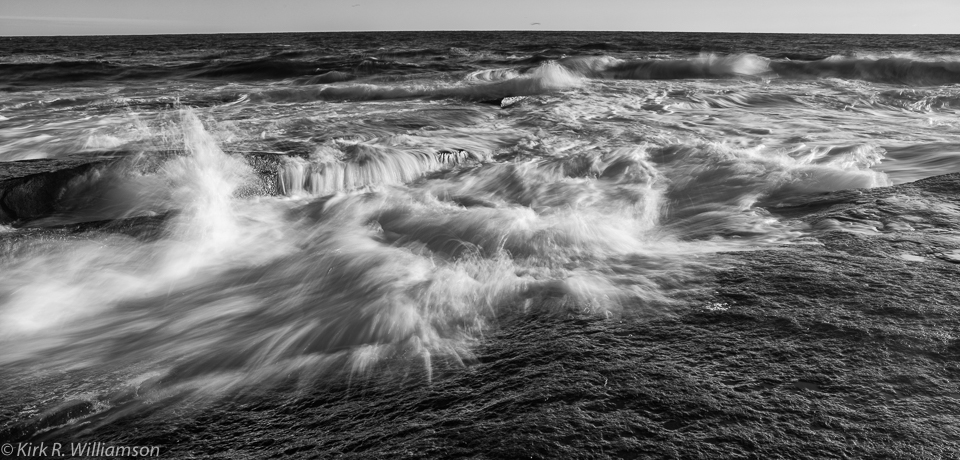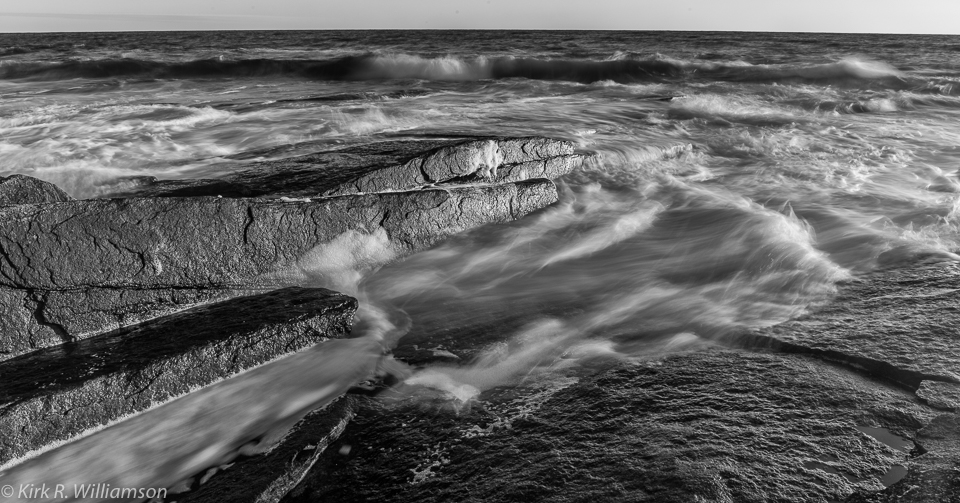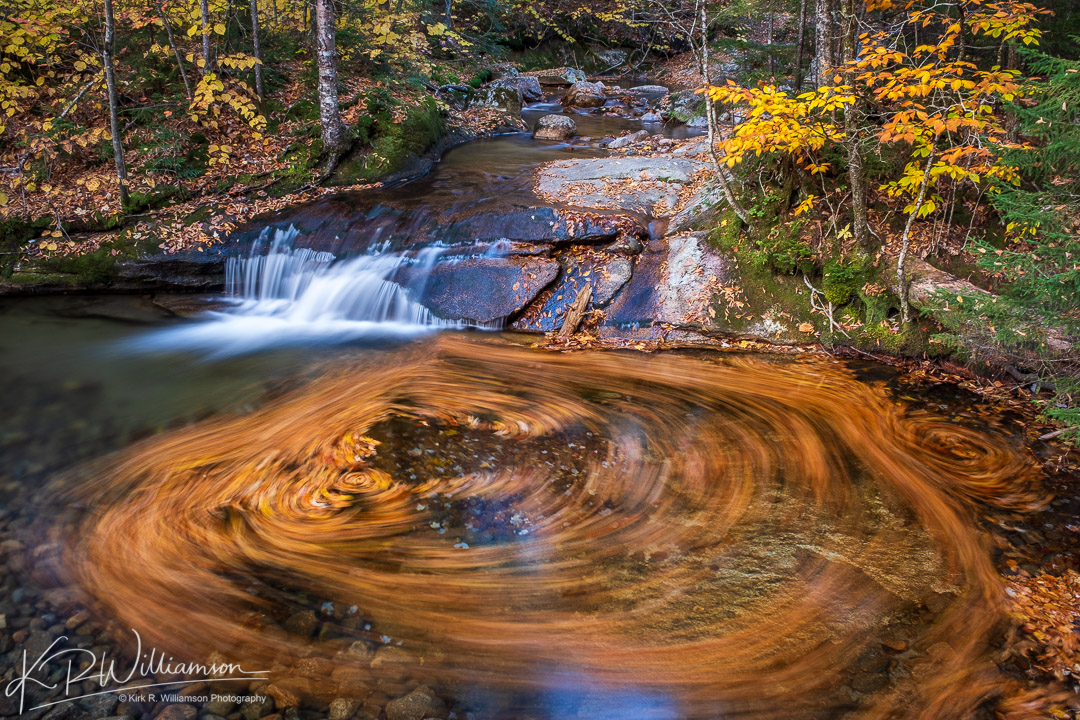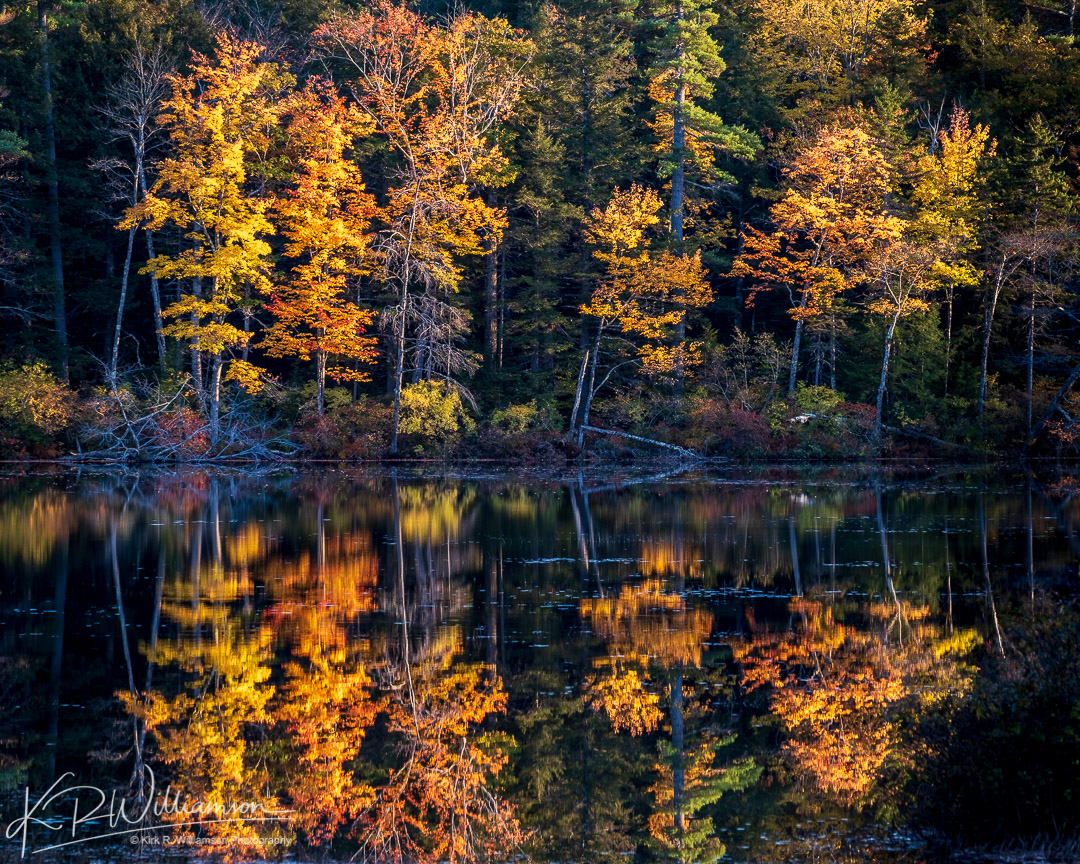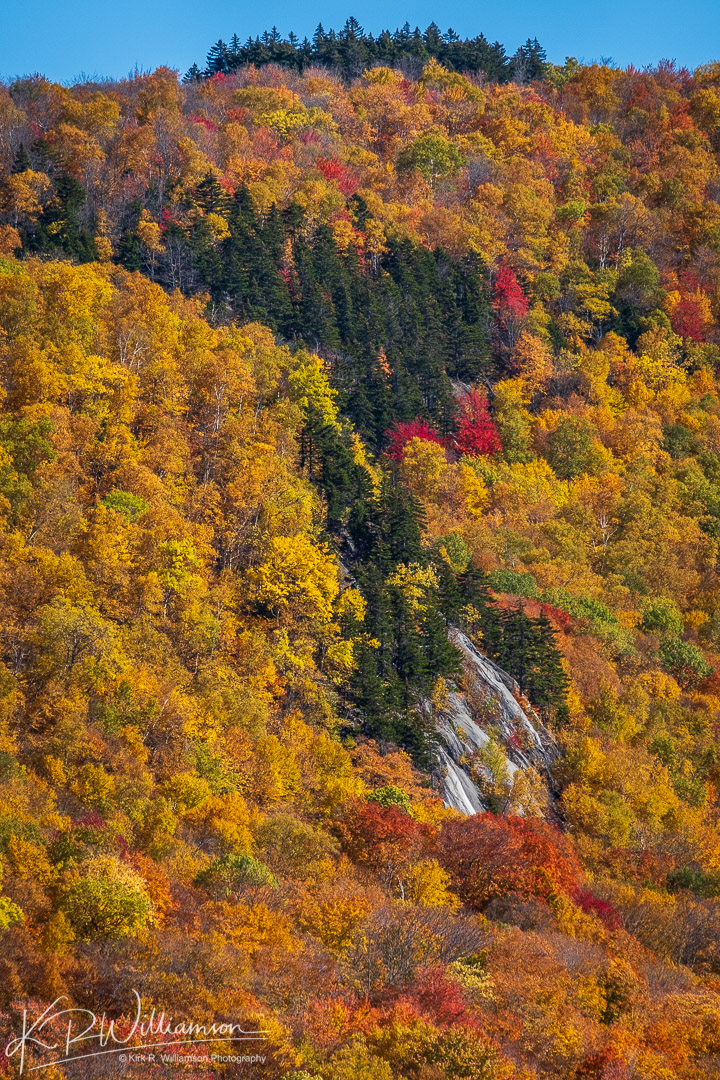As we move into autumn and the colors start to change I wanted to test out my ND filters which I don’t use that much. I hope to make it up to New Hampshire in October for some water falls and colored leaves. I’ll be scouting locations for workshops next year. So I headed over to my favorite place for water Halibut Point State Park. My filter system is not that varied. I use B+W three stop and 10 stop filters for my Leica lenses. For my Canon lenses I use a variable Tiffen ND filter. So off I went at zero dark thirty for the rocky shoreline at Halibut Pt. The tide was almost all the way in and coming up the flat rocks and I wanted to try out the 10 stop filter on the Leica 21mm Super Elmar.
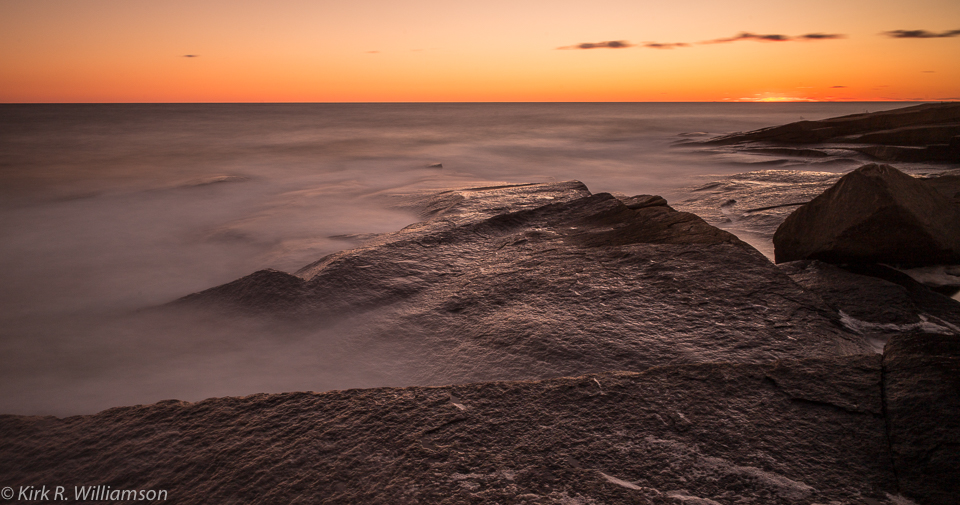
This image was made at the Leica M-P 240’s exposure limit of one minute. Besides the huge wait time of about 45 sec. after the exposure for noise reduction processing, I found using the Leica very easy. Using the EVF was a huge benefit. I love the foggy look of the water but if I had brought my three stop filter I would have used it instead. If the ocean had been a bit more wild I think the water would have been more interesting.

The exposure here was much shorter at 20sec. and the water is still very misty looking but at 40 sec. less time the water does not show as much. Then I switched over to my Canon 5Dmk3 with the 24-70 f4 L. As much as I like this lens the bowing of the horizon is horrible. I used my Tiffen variable ND filter which I had set at the third to highest density level. At the highest and second to highest density level there is some x-ing going on. I converted the Canon shots to B&W as they looked better. The B&W images below were made using the Alpine Labs Pulse. This is a nifty little unit that is small and pretty easy to use. I need to use it more so I get used to it. At one point it stopped working and I needed to shut the camera off and then on again and also restart the unit. It controls the camera in many ways. I am disappointed that you can’t make the shot and control the camera on the same screen in the smart phone app. You have to swipe back and forth to do this. It’s a pain. The other issues had to do with it stopping to work. Not a big deal when shooting waves but imagine if it was important.
